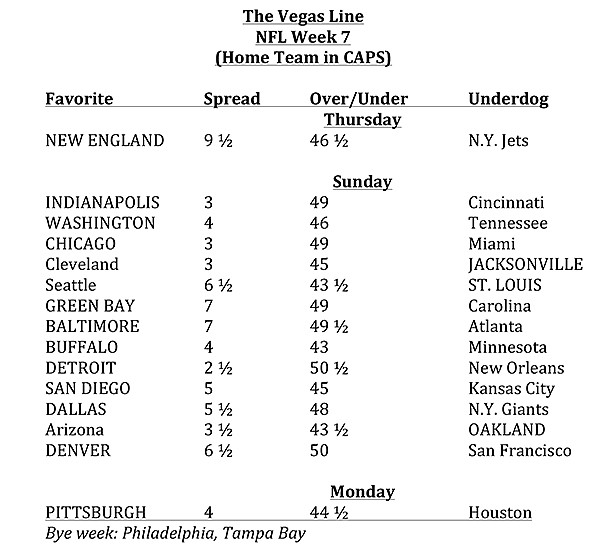 Facebook
Facebook
 X
X
 Instagram
Instagram
 TikTok
TikTok
 Youtube
Youtube

“Two, five, ten — who knows how many thousand snow geese have lifted from a marsh forming one huge skein of geese, a swarm of geese, a living tornado of geese, and is flying toward me, honking and flapping, making a noise so loud that its sound is all there is to hear.”
I wrote that seven years ago at the Sacramento National Wildlife Refuge in Willows. My first birding trip, and it’s past time for another go. As incentive, I’m picking up an old friend along the way. He teaches journalism at a private college in NoCal. We’ve decided to stop by the Martinez Gun Club as a warm-up for serious birding.
The gun club is located hard by the Sacramento River about 15 miles upstream from San Pablo Bay. One takes the last exit before the Benicia-Martinez Bridge onto a industrial frontage road, travel past Air Products & Chemicals, turn right on Waterbird Way, drive past Diablo Valley Rock, Acme Fill Corp., and come upon a choice of four roadways. We sniff around, spy a Martinez Gun Club sign attached to a junkyard fence, shrouded by overgrown cactus, and enter through an open gate. So far, so great. I love this kind of funk.
Except it’s not funk. After you pass the gate there is a long drive to the clubhouse and it’s clear this is a country club gun club. The shooting range is manicured, the clubhouse is one story, but big and fronted by a wall of windows. Inside there’s a full, big bar, big poker table, double row of wooden lockers, long white cafeteria tables, padded chairs, and a kitchen. Outside are ten trap fields, two skeet fields, and one new structure built for Olympic international trap, where, from 15 different directions, clay targets rocket past you at 80 mph. The club has 600 members, give or take.
Meet Blake Fahmie, 25, maybe 5-foot-10, comes with a stocky linebacker’s build, short brown hair, well-kept stubble of a beard. Among many duties, he’s the club’s trap and skeet instructor.
Blake attended Lindenwood University on full athletic scholarship. Lindenwood is a 12,000-student liberal arts college in Missouri and is the undisputed, all-time, will-never-be-equaled, heavyweight champion of shotgun sports. The Lions have won the Shotgun Sports National Championship in 2004, 2005, 2006, 2007, 2008, 2009, 2010, 2011, 2012, 2013, and 2014. Blake was a member of three championship teams and then an assistant coach. He was the ATA California State Jr. Singles Champion, the National Singles Champion of Champions, and on and on and on.
Blake says, “It’s more than just hitting the target. Hitting the target is pretty easy, but doing it 200 times in a row is not. In college I had two mental coaches. They said, ‘We can’t tell you how to shoot better, but we can help you between the ears.’ I always did better when I didn’t think.
“I was taught to be a tiger. That’s what I was. When a tiger sees his prey, he doesn’t think about whether it’s right foot or left foot, he just does it and it’s good and it’s fast and it’s efficient. So, for me, it’s being a tiger out there. You’re seeing the target, you’re pursuing it as if you’re an animal. Knowing English or Spanish does not help you break targets. Or your relationships, or what you scored on a test. You don’t need to know what day it is, what time it is, what the weather is. None of that helps you. Basically, you’re blocking out everything and then using your hand-eye coordination and vision to see the target with an empty mind.
“I’d take deep breaths, watch everybody’s target, and see where they’re hitting them, see if the targets are jumping in the wind. That was to occupy my mind, to always keep my brain and attention into the game, because you could easily be out there and all of a sudden it’s, ‘Oh, I forgot to put my clothes in the dryer.’ The littlest thing can take your attention away, and a split second away can lead to missing a target.
“When you’re in competition you want to be able to go through the whole process. My process is this: I come up, first I plant my feet, load the gun. So that’s one, two, three, four. You do that every single time. You have a system.

“Let’s say your heart’s beating, you can barely breathe, you’re hyperventilating, you don’t know what to do, your mind is going crazy. All those competitors out there. Instead of them you think about your process: one, two, three, four. And when you do that you occupy your mind.”


“Two, five, ten — who knows how many thousand snow geese have lifted from a marsh forming one huge skein of geese, a swarm of geese, a living tornado of geese, and is flying toward me, honking and flapping, making a noise so loud that its sound is all there is to hear.”
I wrote that seven years ago at the Sacramento National Wildlife Refuge in Willows. My first birding trip, and it’s past time for another go. As incentive, I’m picking up an old friend along the way. He teaches journalism at a private college in NoCal. We’ve decided to stop by the Martinez Gun Club as a warm-up for serious birding.
The gun club is located hard by the Sacramento River about 15 miles upstream from San Pablo Bay. One takes the last exit before the Benicia-Martinez Bridge onto a industrial frontage road, travel past Air Products & Chemicals, turn right on Waterbird Way, drive past Diablo Valley Rock, Acme Fill Corp., and come upon a choice of four roadways. We sniff around, spy a Martinez Gun Club sign attached to a junkyard fence, shrouded by overgrown cactus, and enter through an open gate. So far, so great. I love this kind of funk.
Except it’s not funk. After you pass the gate there is a long drive to the clubhouse and it’s clear this is a country club gun club. The shooting range is manicured, the clubhouse is one story, but big and fronted by a wall of windows. Inside there’s a full, big bar, big poker table, double row of wooden lockers, long white cafeteria tables, padded chairs, and a kitchen. Outside are ten trap fields, two skeet fields, and one new structure built for Olympic international trap, where, from 15 different directions, clay targets rocket past you at 80 mph. The club has 600 members, give or take.
Meet Blake Fahmie, 25, maybe 5-foot-10, comes with a stocky linebacker’s build, short brown hair, well-kept stubble of a beard. Among many duties, he’s the club’s trap and skeet instructor.
Blake attended Lindenwood University on full athletic scholarship. Lindenwood is a 12,000-student liberal arts college in Missouri and is the undisputed, all-time, will-never-be-equaled, heavyweight champion of shotgun sports. The Lions have won the Shotgun Sports National Championship in 2004, 2005, 2006, 2007, 2008, 2009, 2010, 2011, 2012, 2013, and 2014. Blake was a member of three championship teams and then an assistant coach. He was the ATA California State Jr. Singles Champion, the National Singles Champion of Champions, and on and on and on.
Blake says, “It’s more than just hitting the target. Hitting the target is pretty easy, but doing it 200 times in a row is not. In college I had two mental coaches. They said, ‘We can’t tell you how to shoot better, but we can help you between the ears.’ I always did better when I didn’t think.
“I was taught to be a tiger. That’s what I was. When a tiger sees his prey, he doesn’t think about whether it’s right foot or left foot, he just does it and it’s good and it’s fast and it’s efficient. So, for me, it’s being a tiger out there. You’re seeing the target, you’re pursuing it as if you’re an animal. Knowing English or Spanish does not help you break targets. Or your relationships, or what you scored on a test. You don’t need to know what day it is, what time it is, what the weather is. None of that helps you. Basically, you’re blocking out everything and then using your hand-eye coordination and vision to see the target with an empty mind.
“I’d take deep breaths, watch everybody’s target, and see where they’re hitting them, see if the targets are jumping in the wind. That was to occupy my mind, to always keep my brain and attention into the game, because you could easily be out there and all of a sudden it’s, ‘Oh, I forgot to put my clothes in the dryer.’ The littlest thing can take your attention away, and a split second away can lead to missing a target.
“When you’re in competition you want to be able to go through the whole process. My process is this: I come up, first I plant my feet, load the gun. So that’s one, two, three, four. You do that every single time. You have a system.

“Let’s say your heart’s beating, you can barely breathe, you’re hyperventilating, you don’t know what to do, your mind is going crazy. All those competitors out there. Instead of them you think about your process: one, two, three, four. And when you do that you occupy your mind.”
Comments